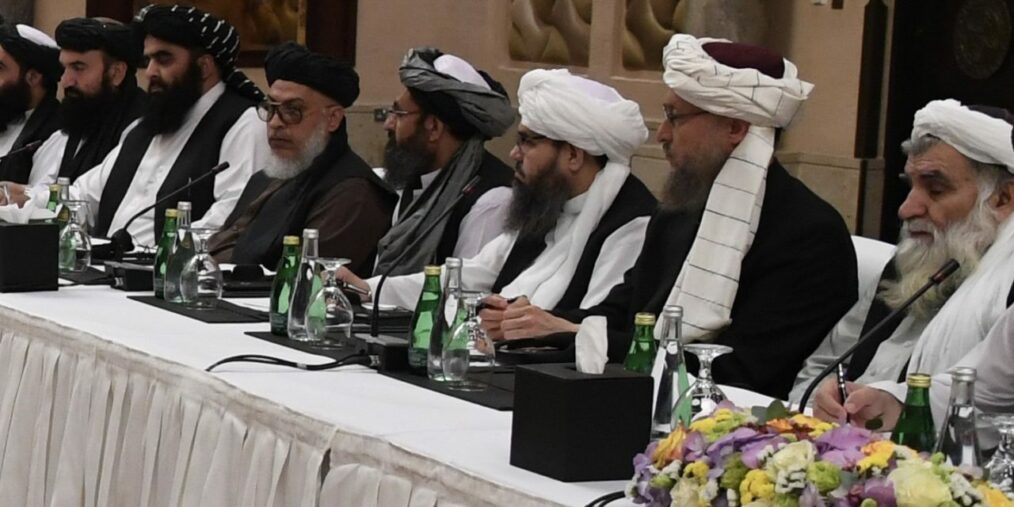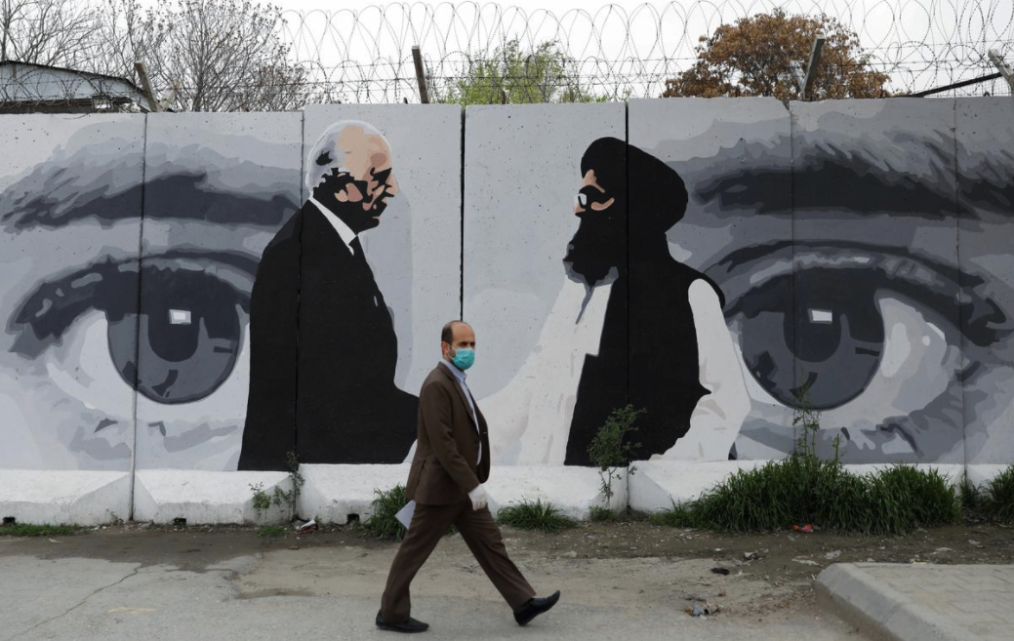Since October 2001, an estimated 241,000 Afghans and Pakistanis have died as a direct result of the war in Afghanistan. Many others have died from indirect consequences of the war such as disease, food and water insecurity, broken infrastructure, and a myriad of other issues. As in Afghanistan, families in both Israel and Palestine have encountered the same kind of grief caused by a prolonged conflict. But, instead of submitting to anger and calls for vengeance, some bereaved Israeli and Palestinian families realized that violence begets violence, and that their grief could become a bridge to support a peace and reconciliation process between the warring parties. With the rising death toll in Afghanistan, the peace model of these bereaved Israeli-Palestinian families could provide a possible pathway to decreasing the violence in Afghanistan.
Much research was conducted on how traumatic events propels individuals to take up arms and join insurgency groups to avenge their loved ones. A traumatic event such as the death of a family member or member of the community, a government massacre, or the killing or capture of a respected leader can make an individual vulnerable to insurgent recruitment and a potential perpetrator of violent acts.
Furthermore, the history of violent conflicts in Afghanistan, predating the U.S. invasion, increases the systemic vulnerability of its population. The war economy associated with previous conflicts in Afghanistan has a lingering and distorting effect. Those who benefited economically and psychologically from the previous conflicts would likely continue the conflict and the cycle of violence until they regain the spoils of war. These beneficiaries would portray themselves as the defenders and avengers of the fallen. Children that experienced loss and trauma would be targeted for recruitment, enticing the future generation into the cycle of violence.
In order to break that cycle of violence and propose an alternative mechanism to funnel the grief and anger caused by trauma, bereaved families in Israel and Palestine established the Parents Circle-Families Forum (PCFF). PCFF is a joint Israeli-Palestinian organization of over 600 families who have lost an immediate family member to the ongoing conflict. Created in 1995, this organization is identified with a call to prevent violence, to promote dialogue, tolerance, reconciliation, and peace.
As in Afghanistan, the non-combatant members of the warring parties in Israel and Palestine rarely interact with each other. The “interactions” that do take place are often mediated by various actors such as the media, religious leaders, politicians, and others. The Canadian theorist Marshall McLuhan once said that “the medium is the message.” The medium impacts the message it tries to convey. If the medium, such as 24/7 news channels, benefits economically and psychologically from conflict, its messages will lack de-escalating content and narrative sharing.
To bypass these intermediaries, the PCFF holds many in-person activities and events to promote reconciliation and peace. PCFF holds dialogue meetings between Israeli and Palestinian bereaved families with youth and adults where the families share their personal stories, narratives, and grief. Furthermore, the Joint Israeli-Palestinian Memorial Day that PCFF and its partners host annually attracts many participants, both Israeli and Palestinian, when the security conditions allow. PCFF uses the internet to broadcast its events, bypassing the mainstream media. While its members are criticized by many Israelis and Palestinians as collaborators with the enemy, the organization successfully manages to provide an alternative narrative and a pathway for reconciliation and peace.
In conclusion, trauma and grief act as a recruitment tool for insurgents and vigilantes who wish to avenge their loss. This trauma, however, can also serve as a mobilizing force for bereaved families that wish to end the cycle of violence. The PCFF offers an alternative path for funneling trauma. Similarly, families of fallen Afghans could be inspired by their Middle Eastern brothers and sisters in grief and lead a change in Afghanistan. Echoing the words of Mohammad Gul, an Afghan boy who lost his brother in a terror attack in the western city of Herat: “Losing a family member is very painful, but I will have no complaint if peace, real peace, is restored. I will believe my brother was martyred in the name of peace.”





